





































Midweek Updates 26 January 2024
Google Banner Ad
This week in Midweek Updates
Mali receives more Bayraktar TB2 UAVs
Ethiopia acquires Akinci UAVs, Su-30 fighters.
GAMA applauds European parliament's adoption of electric aviation report.
Top air show performers commit to EAA AirVenture Oshkosh 2024.
Daher sustained its delivery pace for the TBM and Kodiak aircraft families in 2023.
Amid increasing sales, Embraer has delivered the 1600th Ipanema agricultural airplane.
Airbus Helicopters to expand unmanned aerial system portfolio with acquisition of Aerovel.
Eve Air Mobility's eVTOL airworthiness criteria released for public consultation.
Worldwide incidents and accidents.
This week in history - Edwin Eugene "Buzz" Aldrin, Jr., American pilot and astronaut was the Lunar Module Pilot on Apollo 11, the first lunar landing
Bonus video - Quest Kodiak Humanitarian Workhorse
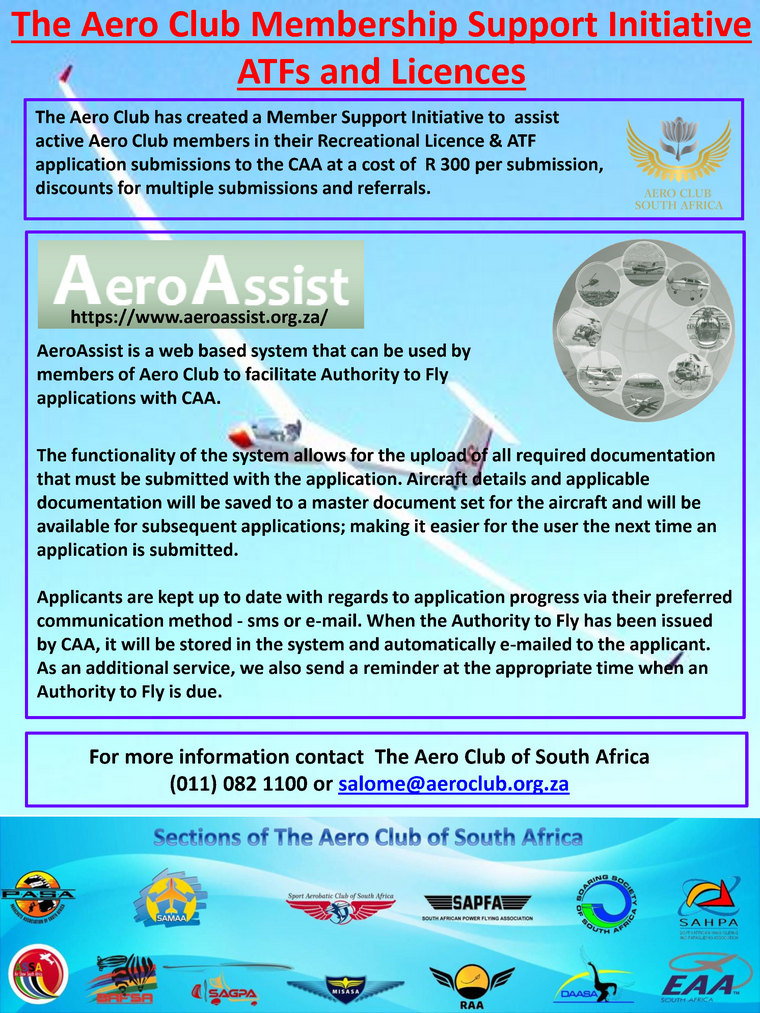
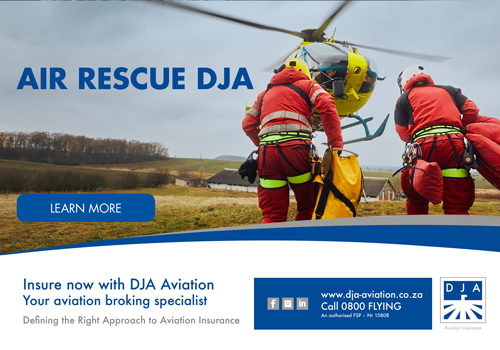




3 EAA Chapter 322 monthly gathering at EAA. Auditorium. Contact Neil Bowden E-mail: airadventuresa@gmail.com
8 MayDay SA golf day and industry dinner Serengeti Estate. Contact WhatsApp 083 797 7001 Website: www.mayday-sa.org.za
12 to 14 African Air Expo and conference CTICC, Cape Town. Website: www.airexpo.co.za
17 EAA Chapter 322 fly-in breakfast to Kitty Hawk. Contact Neil Bowden E-mail: airadventuresa@gmail.com

2 SAA Museum Society Specialised Tour limited to nine adults. Contact E-mail: events@saamuseum.co.za Cell: 076 879 5044
8 DCA Industry Roadshow Stellenbosch, Cape Town. Contact Ms Charmaine Shibambo E-mail: shibamboc@caa.co.za
8 to 10 Aero Club Airweek venue Mideelburg Airfield. Contact Sandra Strydom E-mail: sandra@aeroclub.org.za Tel: 011 082 1100
9 ANR at Aeroclub Airweek - Middelburg Airfield.
Contact Iaan Myburgh email iaanmyburgh@gmail.com cell: 082 449 2531
15 DCA Industry Roadshow Mangaung, Free State. Contact Ms Charmaine Shibambo E-mail: shibamboc@caa.co.za
16 EAA Chapter 322 fly-in breakfast to Brits airfield. Contact Neil Bowden E-mail: airadventuresa@gmail.com
23 Stellenbosch airshow - Fashkosh. Contact Sam Cell: 082 828 4553 or Anton Cell: 079 873 4567
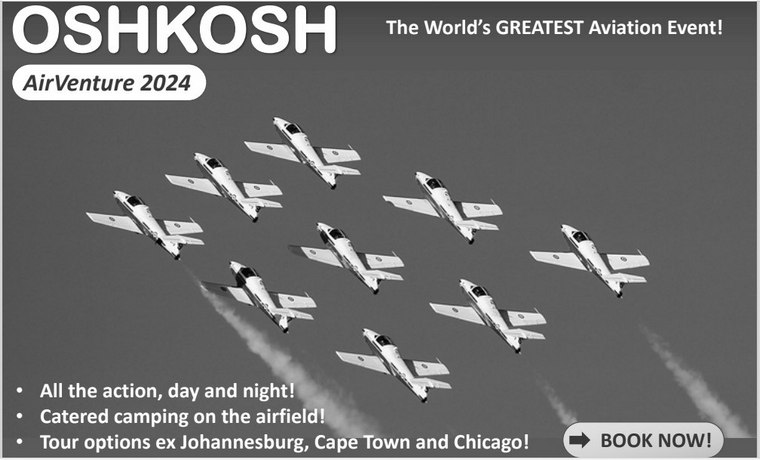

MALI RECEIVES MORE BAYRAKTAR TB2 UAVS
Guy Martin www.defenceweb.co.za
The Armed Forces of Mali have received another consignment of Baykar Bayraktar TB2 unmanned aerial vehicles (UAVs) from Turkey. The Malian Presidency said the aircraft were officially delivered during a 4 January ceremony attended by Transition President Colonel Assimi Goita at Modibo Keita International Airport in the capital Bamako. Also in attendance was the Turkish ambassador and Mali's minister of defence.
Chief of Staff of the Air Force, Brigadier General Alou Boï Diarra, said recent drone strikes have been carried out to secure the country - Mali's military regularly releases footage of TB2s carrying out air strikes against terrorists - and he congratulated soldiers for fighting 'a tough fight on the ground'.
Mali has been battered by an extremist campaign that began in the north of the country in 2012, with attacks spreading into Niger and Burkina Faso as well. As a result, Mali has turned to Russia and Turkey to supply equipment and paramilitary forces to shore up its military.
Diarra added that the war is certainly not over despite the positive results and all the efforts made, and also highlighted the efforts of militaries of the Sahel to secure common borders.
Defence Minister, Colonel Sadio Camara, said Mali has been regenerating it military capabilities over the last three years and thanked Russia, China, and Turkey for its assistance in this regard.
In mid-March 2023, Mali's Air Force accepted a variety of new hardware into service, including TB2s from Turkey and L-39 trainer and light attack jets from Russia.
The UAVs have been in service for some time, with two being displayed at Air Base 200 at Mopti-Sevare airport in December 2022, but official induction only came in March last year. Mali became the fifth country in West Africa to acquire Bayraktar TB2s after Niger, Burkina Faso, Togo and Nigeria.
At least nine L-39s have been acquired - some of these were inducted in January 2023, along with two Mi-8 helicopters (TZ-94H and TZ-95H), and a single Su-25 strike aircraft (TZ-25C). The latter replaced a Su-25 (TZ-29C) that crashed in October 2022, killing the Russian pilot. That aircraft was delivered from Russia in August 2022, along with a single Su-25 jet, four L-39 jet trainers, an Mi-24P attack helicopter, an Mi-8 transport helicopter and a single Airbus C295 tactical transport aircraft. The C295 aircraft is the second to be acquired, with the first delivered in December 2016. Two Mi-24Ps were delivered to Mali on 30 March 2022, along with Protivnik-GE/59N6-TE mobile radars from Russia. Mali also recently acquired four Mi-35s from Russia.
According to the Stockholm International Peace Research Institute's arms transfers database, Mali in 2020 ordered four Mi-8MT/Mi-17Sh helicopters from Russia for $61 million including training and weapons, with deliveries from 2021.


ETHIOPIA ACQUIRES AKINCI UAVS, SU-30 FIGHTERS
Guy Martin www.defenceweb.co.za
The Ethiopian Air Force (EAF) has acquired Akinci unmanned aerial vehicles (UAVs) from Turkey and Russian Sukhoi Su-30K combat aircraft as it continues with modernisation efforts.
Chief of General Staff, Field Marshal Birhanu Jula, said that acquiring the Su-30s and UAVs is crucial to preventing attacks on Ethiopia. He added that efforts to build a capable air force will continue.
Commander of the Ethiopian Air Force, Lieutenant General Yilma Merdasa, said the service is being strengthened with modern manpower, weapons and combat infrastructure and the new Su-30s are able to destroy enemy targets both in the air and on land.
Two Su-30Ks (2401 and 2402) were seen during the induction ceremony. It is believed that these are part of a batch of 18 (ten Su-30MK and eight Su-30K fighters) manufactured for the Indian Air Force and delivered between 1997 and 1999. These were subsequently returned to Russia in 2007 and replaced by more modern Su-30MKI models.
In 2011, the 18 Su-30Ks were transported to the 558th aircraft repair plant in Baranovichi, Belarus, where they were stored for the purpose of further resale. In 2013, Angola acquired 12 of these, with delivery from 2017 to 2019. These were upgraded to Su-30SM standard, giving them the ability to fire anti-ship and air-to-air missiles.
It appears Ethiopia has acquired the six remaining Su-30Ks, with deliveries of the last four still to come.
The Baykar Bayraktar Akinci UAVs, meanwhile, were first observed in November last year. Video footage of Bayraktar TB3 UAV flight testing in Turkey showed an Akinci with the tail number S40 wearing an Ethiopian flag. It is unclear how many Akincis Ethiopia has acquired. Based on the video, it appears Ethiopia's Akincis are in A model configuration with two 450 hp engines.
The Akinci can reach an altitude of 11 000 metres and has a 25 hour endurance. It can be armed with a variety of weapons - the Ethiopian aircraft have been seen with underwing MAM-L missiles manufactured by Roketsan.
Since 2021, Ethiopia has operated Bayraktar TB2S UAVs, with at least four deployed at Bahir Dar and Harar Meda Air Bases. These have been used against the Tigray People's Liberation Forces, along with Wing Loong and Qods Mohajer-6 UAVs acquired from China and Iran respectively. It is likely the new Akinci UAVs will also be used in combat.
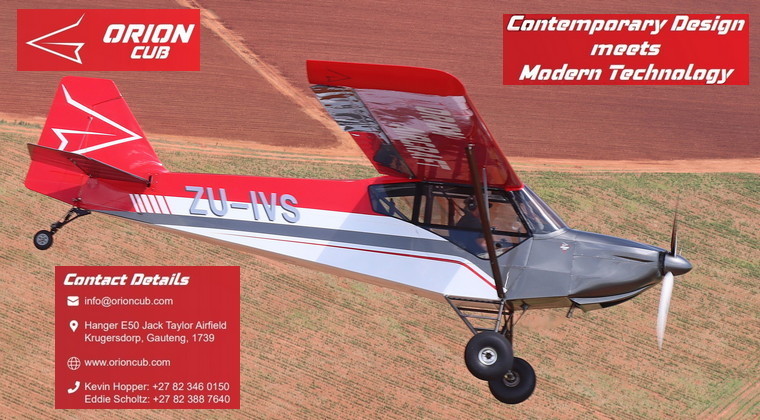
GAMA APPLAUDS EUROPEAN PARLIAMENT'S ADOPTION OF ELECTRIC AVIATION REPORT
The General Aviation Manufacturers Association (GAMA) praised the passage of the report which highlights the key policy and legislative measures needed to accelerate the development of electric aviation in Europe and showcases how it can ensure that aviation remains one of the most effective and efficient forms of transport in the decades to come.
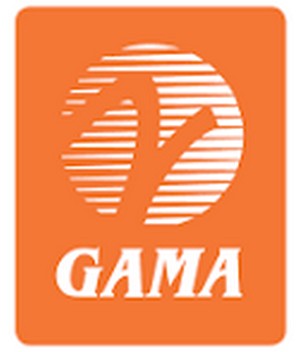
GAMA, which represents most companies active in the field of electric aviation, looks forward to supporting the sector's ongoing work with European regulators and co-legislators to provide expert counsel to ensure electric aviation a staple of the future of aviation. Last December, GAMA orchestrated a round-table event on electric aviation in the European Parliament to showcase the breadth of ongoing developments and opportunities of the sector in Europe.
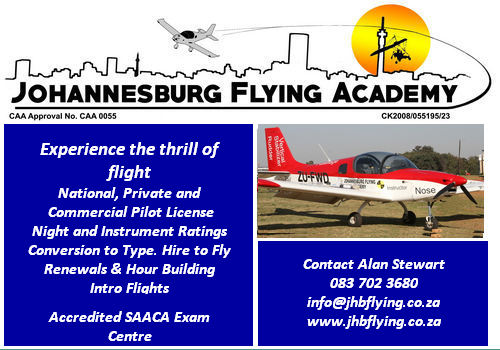
TOP AIR SHOW PERFORMERS COMMIT TO EAA AIRVENTURE OSHKOSH 2024
Some of the world's top air show performers have made commitments to fly at EAA AirVenture Oshkosh 2024 - the World's Greatest Aviation Celebration - as part of the afternoon and night air show lineups.
"Whether it's during the afternoon or night air shows at Oshkosh, the performers who fly here are headliners who are among the best in the world," said Rick Larsen, EAA's vice president of communities and member programs, who coordinates AirVenture features and attractions. "The air show community knows that the AirVenture crowds are the most knowledgeable anywhere, and appreciate the skill and precision necessary to fly these aircraft to the edge. That brings out the best in these pilots and creates unforgettable memories every year at Oshkosh."
Among the performers and aircraft already on the schedule include:
Vicky Benzing (P-51)
Bob Carlton (Jetfox twin-engine sailplane)
Class of '45 (Corsair/P-51)
Susan Dacy (Stearman)
Kyle Fowler (Long-EZ)
Kyle Franklin (Super Cub)
Michael Goulian (Extra)
RJ Gritter (Decathlon)
Greg Koontz (Decathlon)
Nathan Hammond (Super Chipmunk)
Rob Holland (MXS-RH)
Jerry Kerby (T-28)
Lee Lauderback (P-51)
Jarrod Lindemann (Jet Waco)
David Martin
Jim Peitz (F-33 Bonanza)
Red Bull Air Force (Kirby Chambliss, Kevin Coleman, Aaron Fitzgerald)
Ken Reider (RV-8)
Bill Stein (Edge 540)
Philipp Steinbach (GB1 Gamebird)
Skip Stewart (Prometheus 2)
Titan Aerobatic Team (T-6s)
Scott Urschel (BO-105 helicopter)
Bernie Vasquez
Patty Wagstaff (Extra 330SC)
Matt Younkin (Beech 18)


Daher recently announced the deliveries of 74 aircraft from its TBM and Kodiak single-engine turboprop product lines in 2023 while logging orders for another 100 of these aircraft to be delivered during 2024 and into early 2025.

NICOLAS CHABBERT, THE SENIOR VICE PRESIDENT OF DAHER'S AIRCRAFT DIVISION
"The majority of TBMs delivered during 2023 were the top-of-the-line TBM 960 version, with the largest percentage once again going to the North American market: 43 deliveries were in the U.S., and two were in Canada. Three TBMs were delivered to customers based in Latin America: one in Brazil, one in Mexico and another in Bolivia. The demand remained steady in Europe, resulting in seven deliveries: three for Germany, two for France and two in the U.K. In addition, Daher registered a delivery to a new customer in central Asia."
Daher's Kodiak deliveries in 2023 involved its two production versions: the Kodiak 100 Series III, which now is offered with a five-blade composite propeller as standard (reducing the noise level and enhancing performance); and the larger, faster Kodiak 900 that was introduced in 2022. The 18 Kodiak aircraft provided last year were delivered to a mix of private owners and multi-mission operators, with North America being the leading market overall. Included among the new customers in 2023 was the North Carolina Forest Service's Aviation Division.
As of December 31, 2023, a total of 1,187 TBM and 339 Kodiak aircraft had been delivered to owners and operators worldwide, with the global fleet accumulating nearly three million flight hours. They are backed by the resources of Daher's global support Network, which has been merged into a single entity called TBM & Kodiak Care.

Embraer's Agricultural Aviation Division delivered 65 Ipanema airplanes in 2023, an increase of 18% compared to the previous year. As a result, in December, the company reached the milestone of 1,600 units produced and delivered over the aircraft's five decades of uninterrupted production.
"Agribusiness has a significant positive impact on Brazil's Gross Domestic Product (GDP), and we are very pleased to see how the Ipanema has contributed to the sector's high productivity, efficiency, and sustainability," says Sany Onofre, Manager of Embraer's Ipanema Program.
A global aerospace company headquartered in Brazil, Embraer has businesses in Commercial and Executive aviation, Defense and Security, and Agricultural Aviation. The company designs, develops, manufactures, and markets aircraft and systems, providing Services and Support to customers after-sales.
Since it was founded in 1969, Embraer has delivered more than 8,000 aircraft. On average, about every 10 seconds an aircraft manufactured by Embraer takes off somewhere in the world, transporting over 145 million passengers a year.
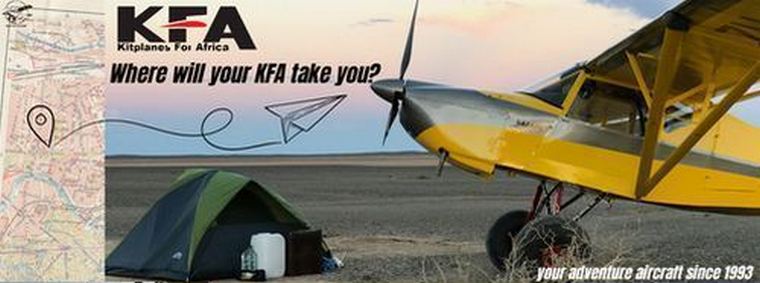
Airbus Helicopters and Aerovel have signed an agreement regarding the acquisition of Aerovel and its unmanned aerial system (UAS), Flexrotor, as part of a strategy to strengthen its portfolio of tactical unmanned solutions. Flexrotor is a small tactical unmanned aerial system designed for intelligence, surveillance, target acquisition and reconnaissance (ISTAR) missions at sea and over land.
"Joining forces with Airbus will allow us to scale innovation, accelerate our mission to advance unmanned aviation, and maintain our unwavering support for the US military and its allies. We are proud to become part of an organisation with a rich legacy of aerospace excellence and we look forward to leveraging our combined strengths to define the future of autonomous systems. It will also be a great tribute to our Founder and Chief Technology Officer, Tad McGeer, who has spent the last 30 years committed to delivering innovative unmanned products," said Ali Dian, CEO of Aerovel.
The Flexrotor, a modern Vertical Take-off and Landing (VTOL) Unmanned Aircraft with a maximum launch weight of 25 kg, has been designed for ISTAR missions for more than 12-14 hours in a typical operational configuration. It can integrate different types of payloads including an electro-optical system and advanced sensors to suit customers' unique mission needs. With the ability to autonomously launch and recover from either land or sea requiring only a 12 by 12 ft. area for launch and recovery, the Flexrotor is ideal for expeditionary missions requiring minimal footprint. Through the support of the US Department of Defence (DoD), and contracted deployment in a variety of maritime security exercises, the Flexrotor is a mission-proven, force multiplier for operations in harsh, high-threat, GPS-denied environments. The Flexrotor can also be used for parapublic missions such as forest fire surveillance (providing firefighters with critical images day or night) and ice navigation (helping guide naval vessels through ice in the Arctic Ocean).
Aerovel, based in Bingen, Washington, will remain a US-owned company and continue collaboration with the US DoD under Airbus' Special Security Agreement (SSA).
The acquisition has been approved by the relevant bodies of both companies. It remains subject to regulatory approvals, as well as other customary conditions. Transaction closing is expected in 2024.

Eve Air Mobility announces the release of its proposed airworthiness criteria for public consultation. The National Civil Aviation Agency of Brazil (ANAC) has unveiled these criteria, representing a noteworthy milestone in the certification process and showcasing the considerable progress achieved in the development of Eve's eVTOL aircraft.
ANAC's proposed airworthiness criteria are subject to public consultation until mid-February 2024. After this period, ANAC will analyse the feedback received, potentially incorporating changes into the criteria and subsequently unveiling the final certification basis. Upon the finalization of the criteria, Eve and ANAC will focus on the means of compliance to be considered for the eVTOL certification. As previously stated, ANAC is the primary certification authority for Eve's eVTOL project.
"The publication of the proposed airworthiness criteria is an important milestone towards the certification path of Eve´s eVTOL, and the opening for public comments contributes to the alignment of the certification basis within the industry and among different certification authorities. This is in line with Eve´s path of having the vehicle type certificate issued by ANAC, as the primary certification authority, and validated by other authorities around the world, where the eVTOL will be operated," said Luiz Valentini, chief technology officer of Eve.
Eve formalized the process for obtaining a Type Certificate for its eVTOL with ANAC in February 2022. The eVTOL certification process aligns with procedures for obtaining a "special class category" aircraft Type Certificate, adhering to airworthiness requirements outlined in the existing Brazilian Civil Aviation Regulations and other stipulated criteria.
In a significant step towards global recognition, Eve also formalized the Type Certificate validation with the U.S. Federal Aviation Administration (FAA) earlier this year and is actively working towards achieving concurrent validation.
Embracing a comprehensive approach to its eVTOL project, Eve, in collaboration with prominent organizations and entities such as ANAC, is poised to shape the future of urban air mobility by propelling advancements in urban air transportation. The company will deliver a safe, sustainable alternative for commuters and continue to mature the design and capabilities of its aircraft under a dedicated pursuit of efficiency, seamlessly integrating cutting-edge technology into the sector.



Australia, near Dugandan, S of Boonah, QLD: A Tecnam P92-TD Tail Dragger was returning to Boonah Airport (YBOA), Queensland, when it crashed in a field opposite the entrance of the Boonah Golf Club, near Dugandan, south of Boonah. Both occupants perished and the ultralight was written off.
USA, Leyden, MA: A Beechcraft 95-B55 Baron crashed in a heavily wooded area in Leyden (near Greenfield), Massachusetts.
An ATP-rated, multi-engine flight instructor and Chief Pilot of Fly Lugu Flight School (with 13,600 hours according to the company website), a holder of a commercial multi-engine certificate issued in 2013 according to the FAA Airman Registry (the student pilot), and the Fly Lugu flight school owner and a single-engine CFI and multi-engine rated pilot - seated in the rear - perished in the crash and the aircraft was destroyed. ADS-B data indicated a steep descent beginning at a groundspeed of 57 knots, with decreasing groundspeed. The extrapolated descent rate just prior to signal loss was over -6,000 feet per minute, at a groundspeed of 17 knots.
USA, Half Moon Bay, CA: An experimentally Thane L. Ostroth amateur built Cozy Mk IV, N656TE, impacted the waters off Half Moon Bay, shortly after take-off from Half Moon Bay airport (HAF/KHAF), California. The wreckage was found upside down in the water near Ross Cove. The pilot and three passengers perished in the accident.
USA, Auburn, WA: An experimental Sonex Aircraft Sonex, kit built by Michael J. Beck, lost power shortly after take-off from Auburn Municipal Airport (S50), Auburn, Washington. The pilot tried to return but impacted a powerline and fencing during a forced landing to roadway terrain in Auburn. He sustained minor injuries and the aircraft received substantial damage.
USA, 2,5 km W of Washington-Dulles International Airport, DC: Southern Airways Express Flight 246, a Cessna 208B Grand Caravan, force-landed on Loudoun County Parkway roadway, two minutes after take-off from runway 30 at Washington-Dulles International Airport, DC (IAD). The aircraft came to a stop at the side of the road and was evacuated. Photos of the aircraft show propeller blades were bent in the emergency landing.
Guatemala, Esquipulas Airport (MGES), Esquipulas, Chiquimula: A Beechcraft 95-B55 Baron hit a motor taxi on the runway when landing on runway 25 at Esquipulas Airport (MGES), Esquipulas, Chiquimulamula. The driver of the motor taxi died and the pilot was not injured and the aircraft received minor damage when the left winglet was torn off.
Afganistan, Topkana area, Kuran wa Munjan District, Badakkhshan province: A Falcon 10 air ambulance has crashed in a mountainous area in Badakhshan province. At least four of the six occupants were found alive.
The aircraft departed U-Tapao Airport (UTP), Thailand on January 20 at 06:20 UTC, bound for Moscow's Zhukovsky Airport, Russia. A refuelling stop was made at Gaya Airport in India before it continued to Tashkent Airport, Uzbekistan, for another refuelling stop.While en route to Tashkent the flight crew declared an emergency. Due to fuel shortage, they decided to divert to Kulob Airport (TJU) in Tajikistan. Subsequently, the crew reported the failure of the first engine, followed by the second engine.
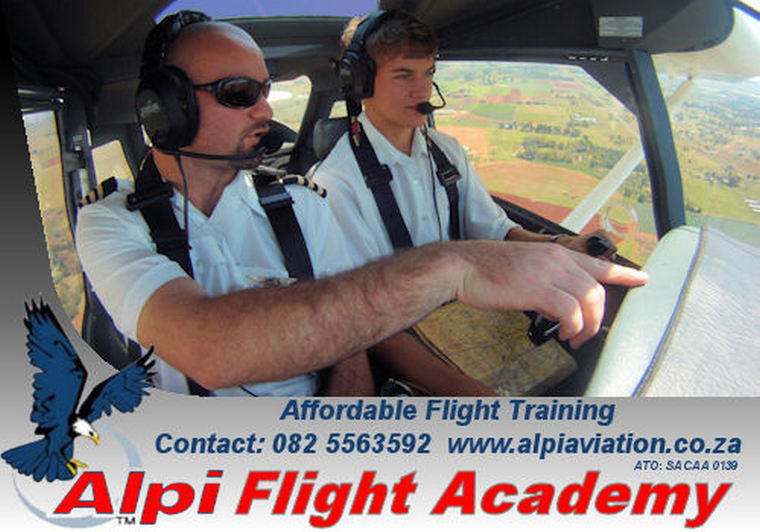

20 JANUARY 1930
Edwin Eugene "Buzz" Aldrin, Jr., American pilot and astronaut was the Lunar Module Pilot on Apollo 11, the first lunar landing. He was the second person to have set foot on the Moon, after Mission Commander Neil Armstrong.

Aldrin graduated third in the class of 1951 from the United States Military Academy at West Point with a degree in mechanical engineering. He was commissioned into the United States Air Force and served as a jet fighter pilot during the Korean War. He flew 66 combat missions and shot down two MiG-15 aircraft.
After earning a Doctor of Science degree in astronautics from the Massachusetts Institute of Technology (MIT), Aldrin was selected as a member of NASA's Astronaut Group 3, making him the first astronaut with a doctoral degree. His doctoral thesis, Line-of-Sight Guidance Techniques for Manned Orbital Rendezvous, earned him the nickname "Dr. Rendezvous" from fellow astronauts.
His first space flight was in 1966 on Gemini 12, during which he spent over five hours on extravehicular activity. Three years later, Aldrin set foot on the Moon at 03:15:16 on July 21, 1969 (UTC), nineteen minutes after Armstrong first touched the surface, while command module pilot Michael Collins remained in lunar orbit.

Quest Kodiak Humanitarian Workhorse

Google Banner Ad
 |
 |
 Copyright © 2024 Pilot's Post PTY Ltd
The information, views and opinions by the authors contributing to Pilot’s Post are not necessarily those of the editor or other writers at Pilot’s Post.
Copyright © 2024 Pilot's Post PTY Ltd
The information, views and opinions by the authors contributing to Pilot’s Post are not necessarily those of the editor or other writers at Pilot’s Post.